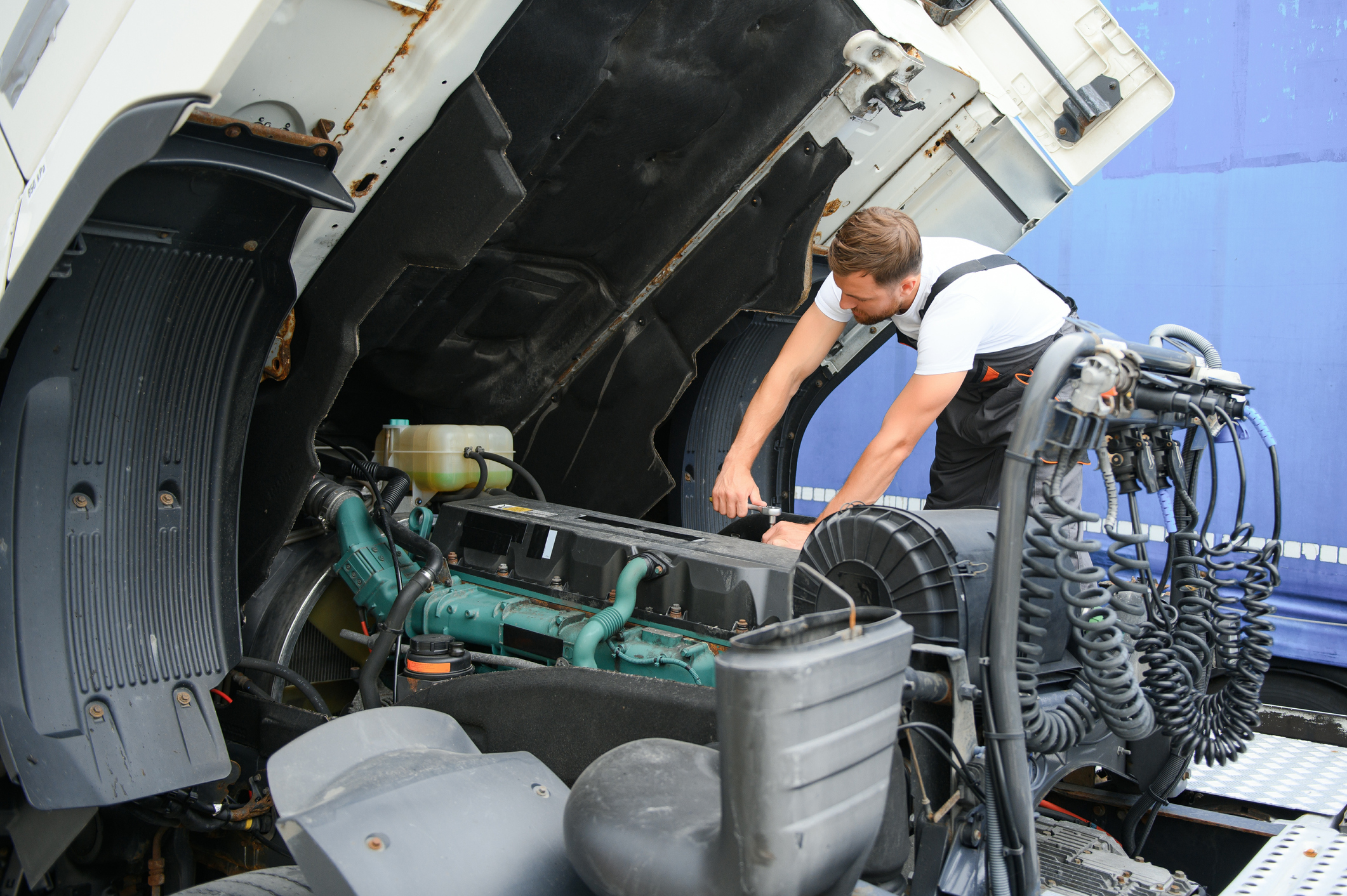Top Maintenance Metrics to Track for Better Fleet Health

Effectively managing fleet maintenance is essential to keeping your drivers safe and productive and your customers happy and engaged. Since poorly maintained vehicles can cost you, it’s good for your bottom line too.
Poorly maintained vehicles are prone to breakdowns, which means more downtime and potential customer service problems. They’re a top cause of accidents, which can result in higher insurance premiums and large payouts.
Last but not least, they have poorer fuel economy and a shorter lifespan. With fuel prices sky high and new vehicle acquisition costs increasing, optimizing maintenance is a proven solution to keeping those costs under control.
Better Fleet Maintenance Is an Effective Prescription for Better Fleet Health
Making smart decisions for better fleet maintenance begins with and ends with utilizing fleet management software and telematics to track and analyze maintenance metrics. You’ll get the data and insight needed to identify areas for improvement and areas for opportunity, which will drive better fleet health.
Here are the key maintenance metrics to consider tracking.
Inspection Results
Driver Vehicle Inspection Reports (DVIR) keep fleets compliant, provide alerts to vehicle issues, and are key for understanding vehicle health.
Leveraging DVIR data grouped by driver or vehicle provides insight into common issues across your fleet. You can view failure summaries and determine the most common inspection failures, which will help you improve preventative maintenance efforts and reduce downtime.
Breakdown Percentages
Monitoring breakdown percentages — the frequency vehicles experience failures or breakdowns — helps you identify patterns and trends that help optimize your maintenance programs. You can determine the most common failure points and allocate resources accordingly.
To calculate breakdown percentages, keep detailed records of breakdown incidents, including the total number of breakdowns, and divide that number by the total number of vehicles or miles/hours driven within a specific period.
Preventative Maintenance
Preventative maintenance (PM) is a scheduling solution that increases vehicle lifespan and helps eliminate costly repairs. With PM, you can identify problems before they become issues that cause a breakdown or unexpected downtime.
By providing both a high-level and granular view, you can track and analyze all routine maintenance processes, ensuring vehicles are in and out of the shop on time, which maximizes efficiency.
Miles/Hours Between Failures
Knowing the time or distance between failures gives you a better understanding of the reliability and durability of components and systems.
This knowledge is useful for establishing maintenance intervals, optimizing replacement schedules, pinpointing reliability issues, and determining the average lifespan of components and systems.
Diagnostic Trouble Codes (DTCs)
Pairing your fleet management software with a telematics device provides DTCs from your vehicles in real time, so you can start the necessary maintenance processes ASAP and minimize downtime.
Make sure to keep a running list of faults to easily identify the most common faults across your fleet and the vehicles with the most fault occurrences. Not only will this help streamline maintenance schedule planning, it will be helpful with vehicle replacement strategies since it identifies vehicles with recurring issues.
Repair Turnover
Preventing downtime is always a top concern. Monitoring the time vehicles spend in repair ensures that repairs are completed on time and that vehicles aren’t sitting in the shop longer than necessary.
With fleet management software, you can view service reports to monitor the maintenance process from start to completion, including updates to ensure repairs are on track to be completed on time.
Odometer Readings
The odometer provides insight into all kinds of vehicle information, which is useful for maintenance processes including PM scheduling and vehicle replacement.
Since most PM tasks are based on mileage and hour intervals, getting regular odometer updates keeps you on top of maintenance and vehicle health and helps you keep your vehicles in top condition. Updates are also helpful in managing drivers and lowering fuel costs.
To ensure accuracy, telematics will automatically update numbers in your fleet management software, eliminating the risks associated with manual odometer readings, while providing full visibility across your fleet.
Root Cause Analysis
Root cause analysis is determining the underlying reason for system or component failure. With this information, you can take action to prevent future failures.
Analysis typically consists of gathering data, conducting inspections, studying maintenance records, and also studying why a failure occurred, which could be anything from poor training to maintenance issues, to a design flaw in a system or component.